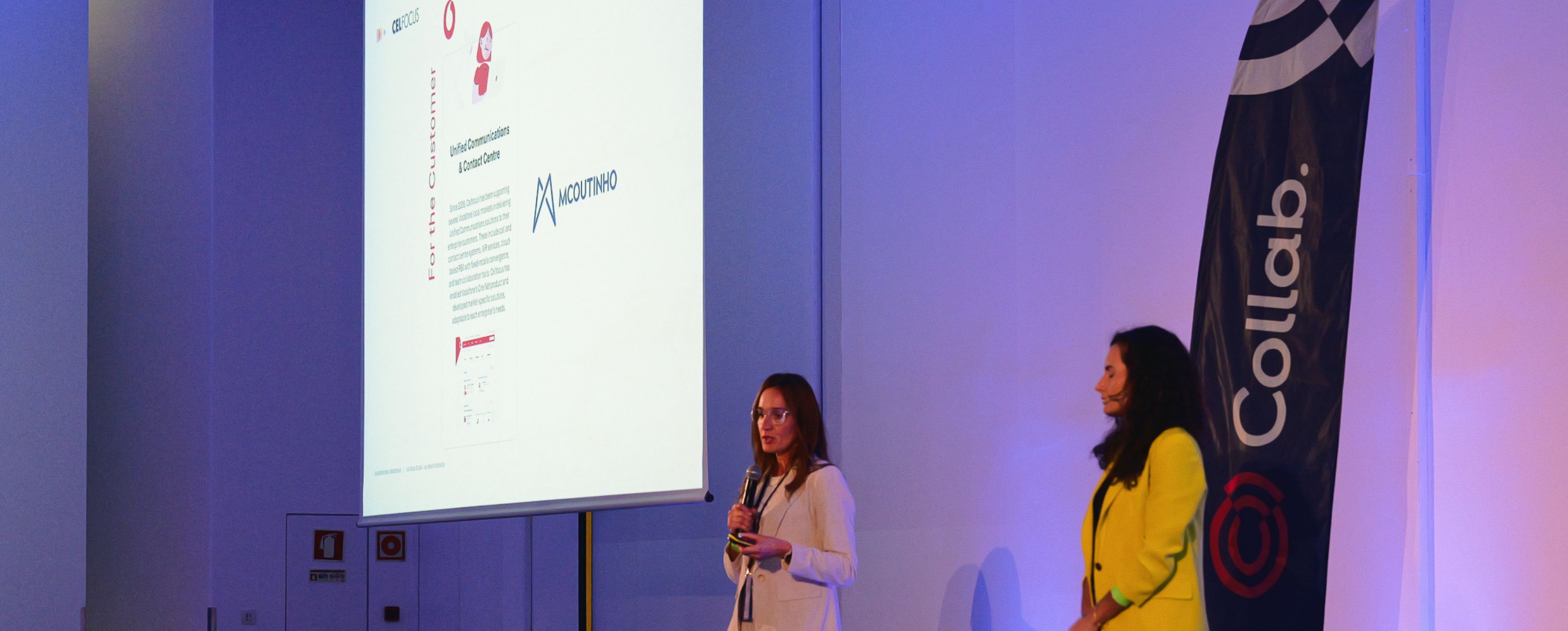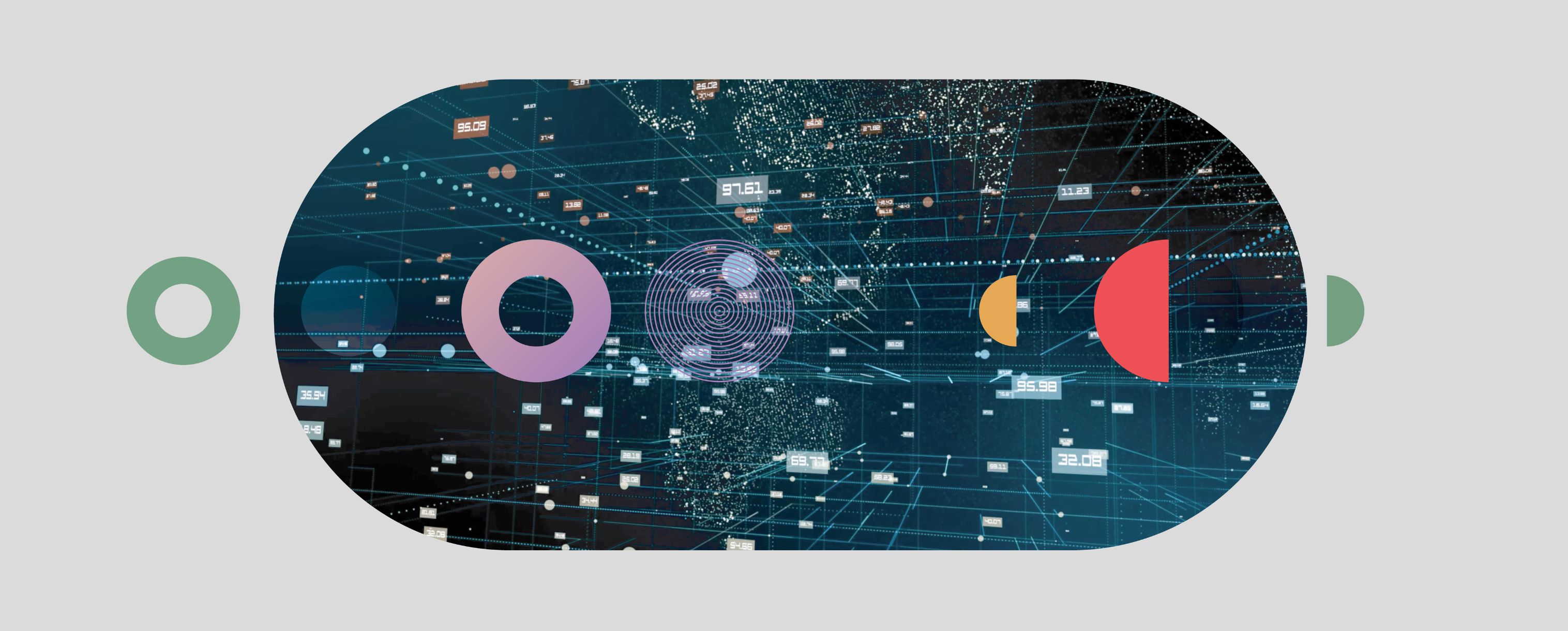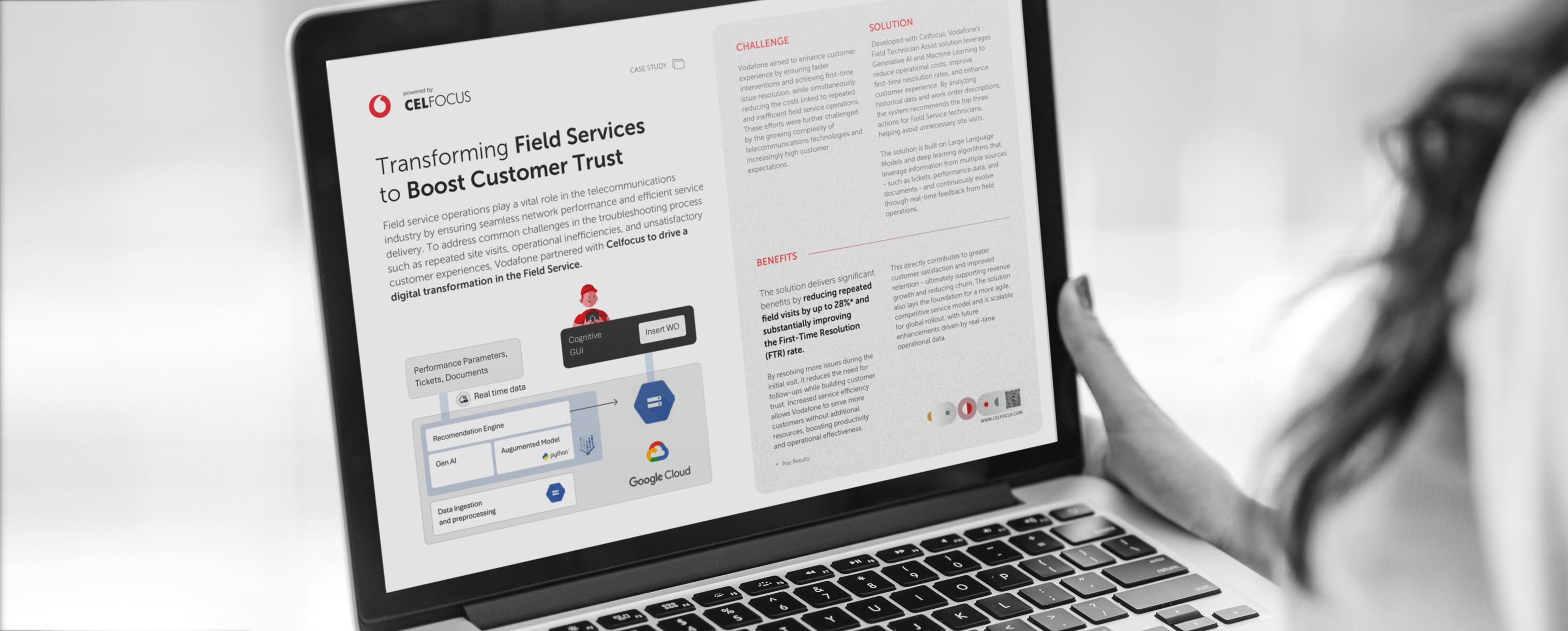|---Module:text|Size:Small---|
Path – “a route or track between one place and another, or the direction in which something is moving” – src: Cambridge dictionary.
The common word these days for “digital business” is “Digital Transformation”, setting the tone to question if this is a Journey, a Destination or just “the end of the road”. It seems that we are all trying to pursue this as a "goal" but to what purpose? Is it to provide customers with new experiences or just to catch up with the competition?
Would we even be moving if others didn’t take the road to “Digital Transformation“? For so many years, processes have been cumbersome and yet now we see this large-scale movement towards digitisation. What might have led to this? It’s not that the technology wasn’t available 10 years ago, but rather that perhaps we didn’t have the right mindset?
Now we see a catch-up game, often done poorly, with the clear goal to be the first, changing processes but failing to provide the best experience to customers. And while regulations and technology are the recurrent scapegoat, this couldn’t be farther from the truth. In fact, regulators are being quite open about the transformation of existing processes, pushing the market to the other end, forcing policies like Open Banking and PSD2, and promoting more of a “bring us the technology” approach.
Regulators are enabling transformation and still safeguarding customers data through GDPR policies, ensuring we don’t slavish our personal information across the windmill of data hoarders.
We may think that bringing the latest technology to the table would be enough, but technology per se is not going to do the trick – unlike your customer. Customers are the key part of the game, and only they can accurately measure how satisfying the overall experience is – to be clear, it is not because you add a new video authentication feature to your portfolio that you did the trick. It is because you eliminated the friction that causes your customers to drop old cumbersome experience and made the life of your customers easier.
When we look at this the other way, by removing friction you have more opportunities to provide meaningful experiences to your customers and, as a result, they will be more engaged with your offer.
Within the same line of thinking, let’s think for one second why we add voice speakers to our homes. We all know that the main reason is to turn the lights of our 4ft x 4ft apartment on and off, but couldn’t we just stand up and dim the lights at our will? Hasn’t that existed for years? So, can we assume that we add all the Amazon Alexa and Google Home to our homes to remove friction and be more engaged with our homes?
Now if we apply the same concept to banking, new journeys and experiences will arise when we have the customer at the top of our priorities. By acknowledging that by removing friction and introducing technology helps improve customer journeys, we are back where we started: the point where you have to decide the role you are playing, “the leader on friction removal” or the "catch-up". Both are valid, and both play a significant role in this journey – in fact, both can act in parallel. Therefore, this conundrum of Digital Transformation is nothing more than making the life of your customers easier.
Financial institutions are increasingly concerned about becoming more agile, leaner and making sure they are Six Sigma-oriented, so they can tackle the day-to-day change that needs to be faced. How can we play our part in the game, where so many moving parts exist, from internal departments to competition? The only thing we can agree on is that staying put is not an option.

























